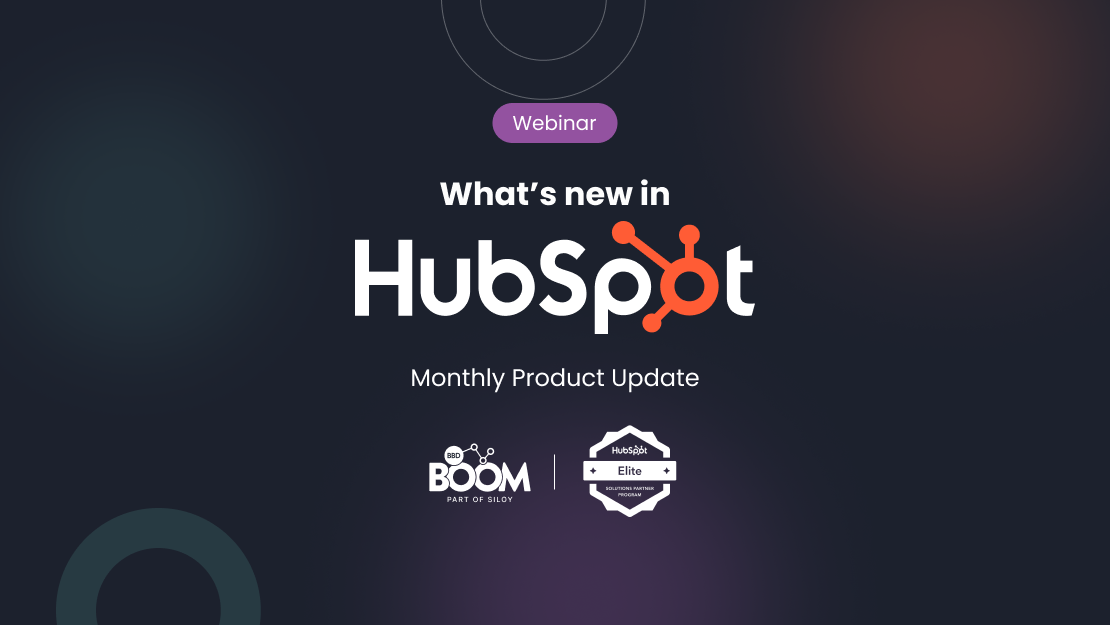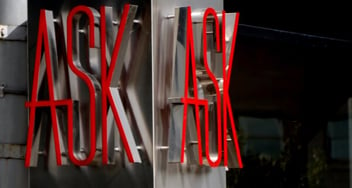It’s a story we’ve heard time and time again: You work with a fast growing company and as you grow, so does your tech stack. You start to amalgamate many different disconnected tools spread across your marketing, sales, and customer service teams. Each tool has its own login, account and payment method, and each is managed separately.
This is commonly known as ‘feature creep’ and is defined as a tendency for product or project requirements to increase during development beyond those originally foreseen.
Feature creep may be driven by a client's growing "wish list" or by businesses themselves, as they see opportunity for improving the company. Feature creep is not uncommon and even the most sophisticated businesses fall victim to it. According to GM/VP of HubSpot’s Marketing Hub; Nicholas Holland, the average small company defined as 25 employees or below, has over 20 SaaS applications that they use, and the average large or medium sized company, one that has closer to 200 employees, has over 100.
Why feature creep is inhibiting your business growth
More tools, more money
If you calculate the monthly cost of all the tools you’re using, it could add up to thousands of pounds. The sum can reach staggering heights if you multiply the monthly costs by 12 to calculate the software cost per year.
More issues, more stress
Every feature added means more potential bugs and demand for your company’s resources. Resources are not just the front-end development time, but also training and lifetime support via development and customer support staff.
Manual data entry
Another hidden cost of using business tools is disconnectivity. More often than not, the tools you’re using fail to integrate and communicate with each other. The data you have in one software needs to be exported and re-entered into another. The same pattern repeats over and over again, wasting valuable work time.
Time consuming set-up
You acquire new tools in the quest of increasing your team’s efficiency, but fail to notice the setup time of each one. While many vendors sell their product with the promise of 5-minute setup, it takes a lot more time in reality. Some ERP systems may take three to 60 months to implement. You need to import all your data, invite new users, explain how the tool works, etc.
Poor time management
When using numerous business tools in their daily work, users often need to switch between them. It’s no big secret that multitasking has a negative effect on productivity. Research has revealed that it takes people an average of 16 minutes to refocus on a task after being distracted. It also takes a lot of time to adjust your mind to working with a new tool.
So now you’ve diagnosed your problem and see why it can be detrimental to your business, you want to make a change. As a HubSpot Diamond partner, we know more than anyone that keeping all the tech you need under one, easy to use roof can be hugely beneficial not just for your business, but also your customers.
Check out our new ebook, HubSpot Growth Suite, to dive deep into the four features it offers and how them being all connected can transform how your business operates.
.png?width=877&height=508&name=bbd-boom-siloy-navy+blue-logo%20(1).png)
.png)



.jpeg?width=50&name=1606312468922%20(1).jpeg)


.jpeg?width=90&name=1606312468922%20(1).jpeg)


